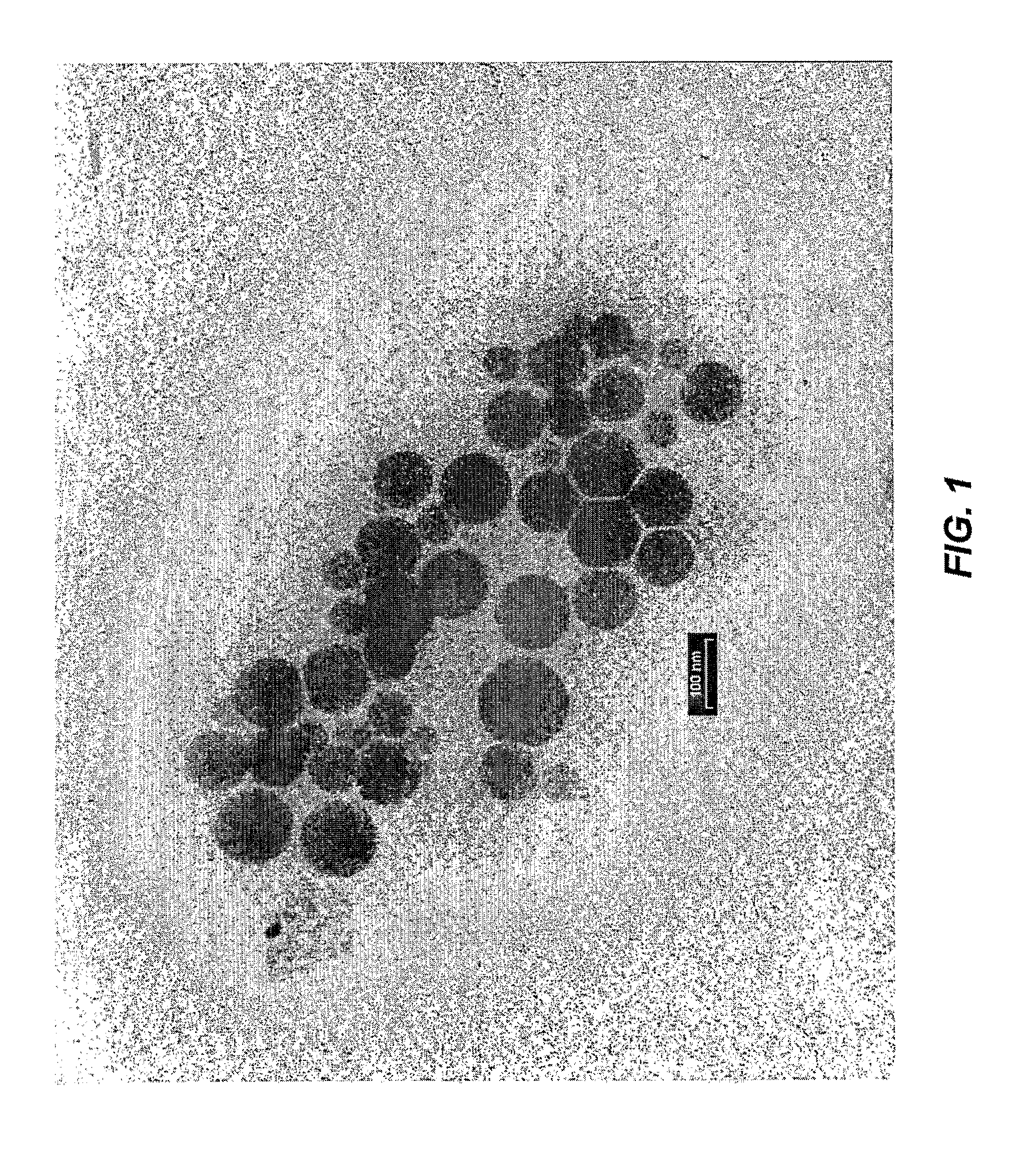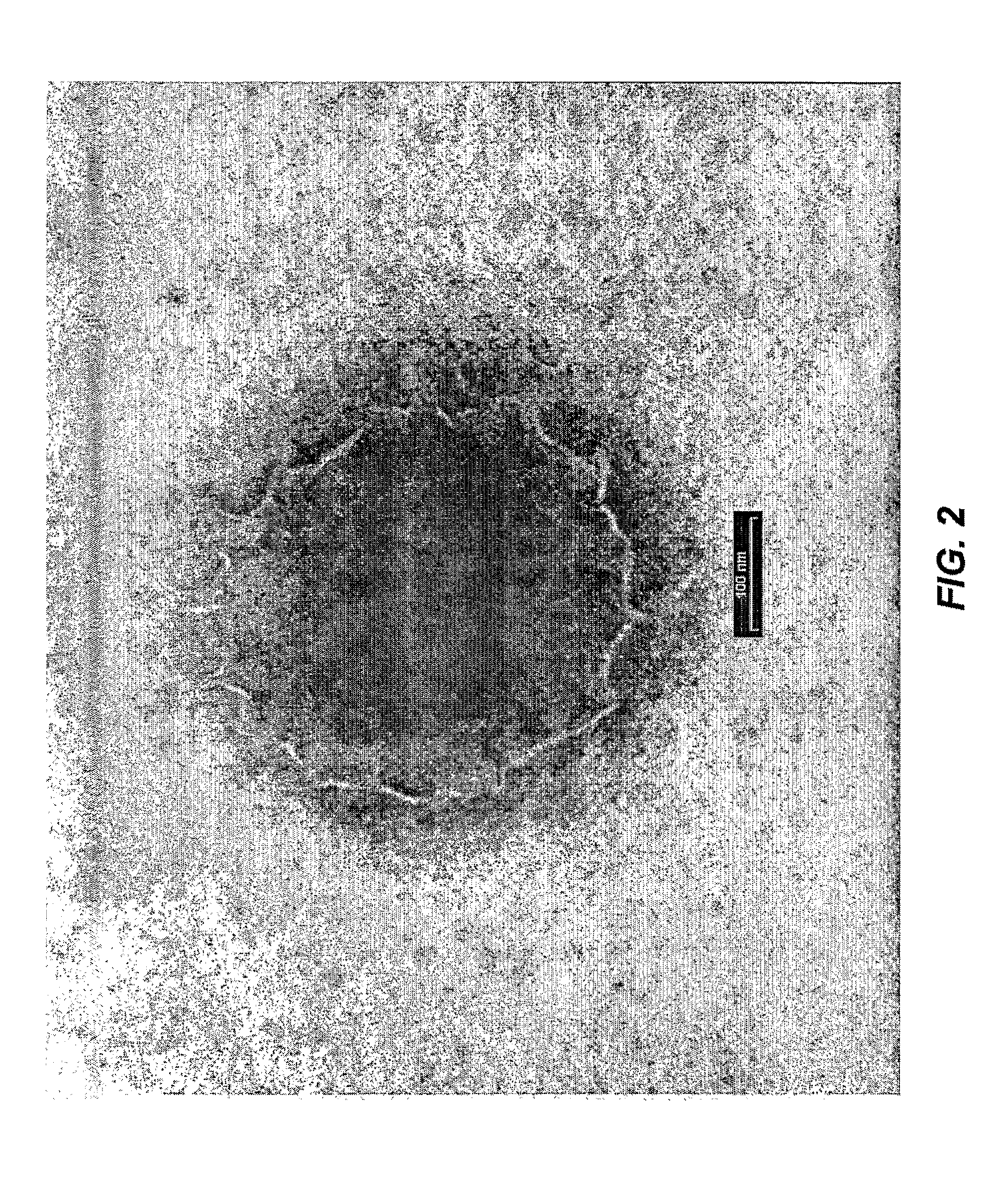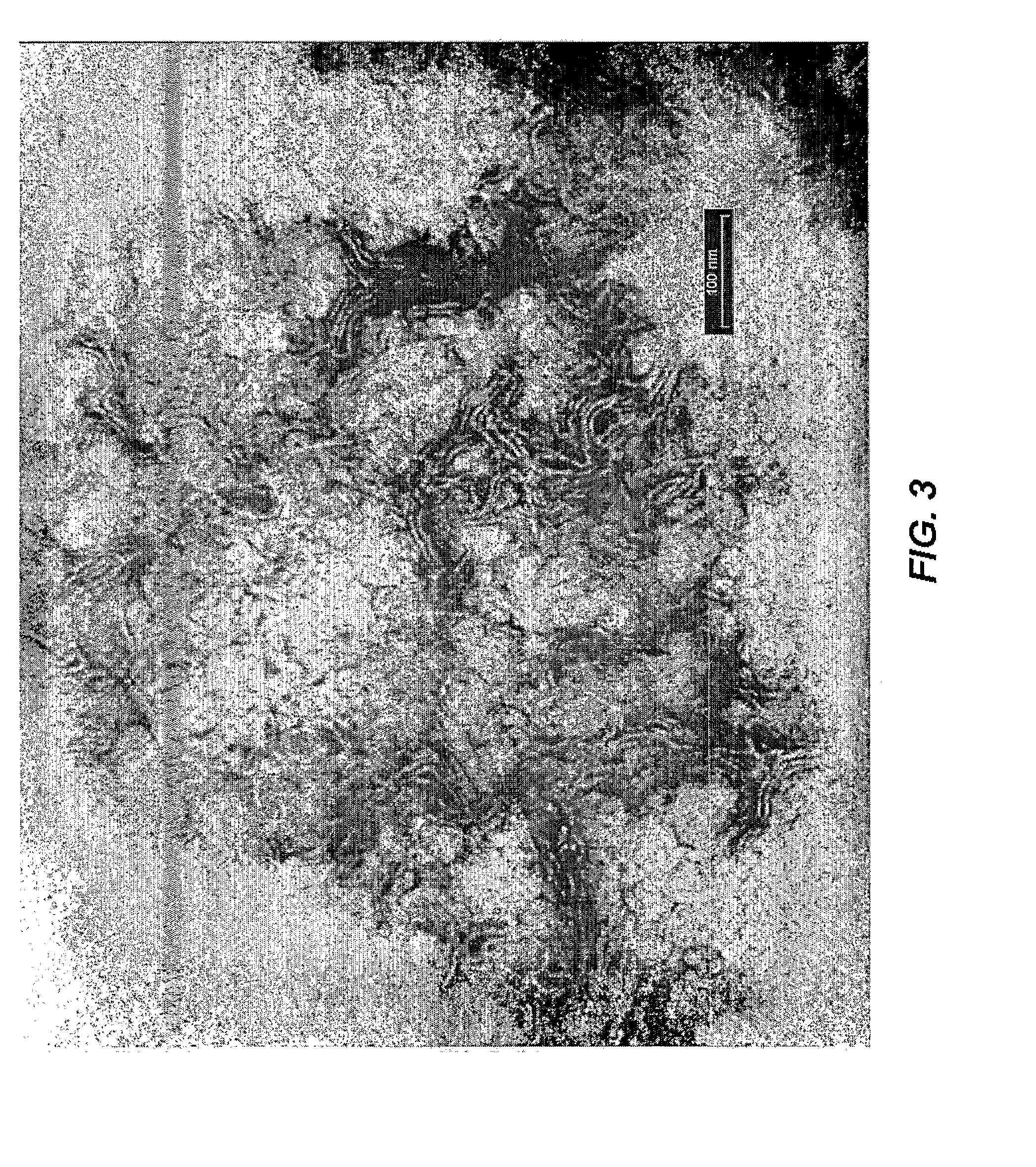Delivery System for Topically Applied Compounds
a topically applied compound and delivery system technology, applied in the direction of non-active ingredients, plant/algae/fungi/lichens, biocide, etc., can solve the problems of difficult to effectively deliver topically applied compounds beneath the skin surface, limited administration of active ingredients, and insufficient solution of the problem of active agent penetration into the skin
- Summary
- Abstract
- Description
- Claims
- Application Information
AI Technical Summary
Benefits of technology
Problems solved by technology
Method used
Image
Examples
Embodiment Construction
[0021]The present invention is directed to a delivery system for topically applied compounds, and to compositions comprising a present delivery system and a topically applied compound. In particular, the delivery system allows for the sustained release of a topically applied compound in the stratum corneum, and for the controlled release of a topically applied compound beneath the skin surface, e.g., in the epidermis and dermis.
[0022]As used herein, the term “delivery system” refers to a mixture of the fatty acid, phospholipid, and oil. The term “activated delivery system” refers to a delivery system diluted with water.
[0023]As used herein, the term “sustained release” means a release of a topically applied compound over an extended period, i.e., providing a continuous supply of topically applied compound at the desired target site. The term “controlled release” means release of a topically applied compound at a desired target site, i.e., stratum corneum or epidermis and dermis, due...
PUM
| Property | Measurement | Unit |
|---|---|---|
| weight ratio | aaaaa | aaaaa |
| weight ratio | aaaaa | aaaaa |
| weight ratio | aaaaa | aaaaa |
Abstract
Description
Claims
Application Information
 Login to View More
Login to View More - R&D
- Intellectual Property
- Life Sciences
- Materials
- Tech Scout
- Unparalleled Data Quality
- Higher Quality Content
- 60% Fewer Hallucinations
Browse by: Latest US Patents, China's latest patents, Technical Efficacy Thesaurus, Application Domain, Technology Topic, Popular Technical Reports.
© 2025 PatSnap. All rights reserved.Legal|Privacy policy|Modern Slavery Act Transparency Statement|Sitemap|About US| Contact US: help@patsnap.com



